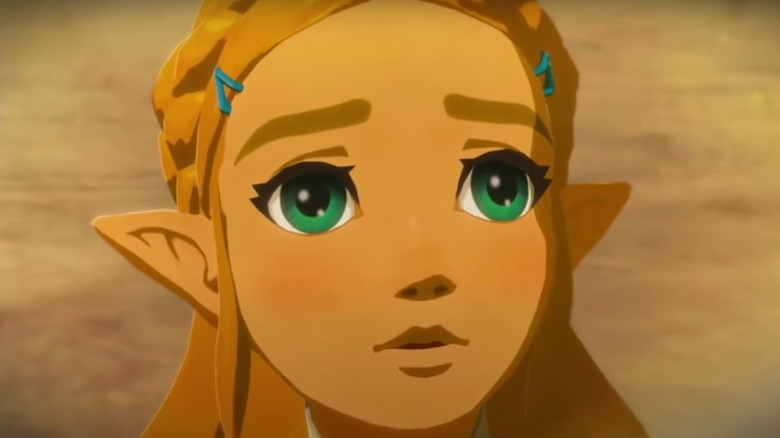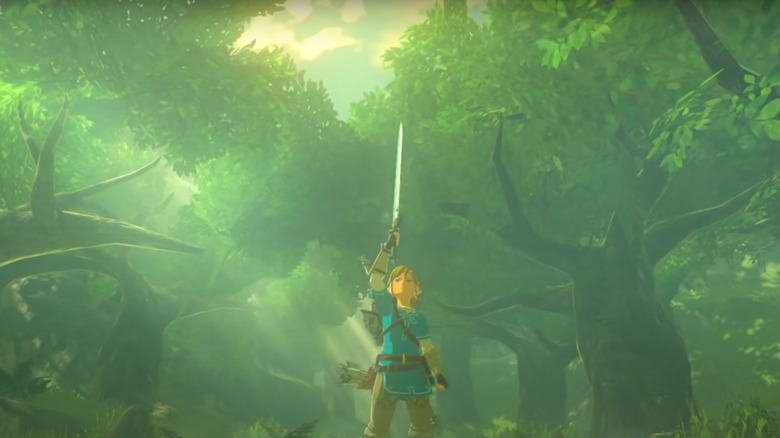The Legend Of Zelda: Breath Of The Wild Was Inspired By One Major Period Of Japanese History
"The Legend of Zelda: Breath of the Wild" reinvigorated the Zelda franchise for Nintendo in a number of bold and exciting new ways. With its massive open world, inventive new manners of travel, intense combat, and the many other new additions to the series, the 2017 sequel brought the "The Legend of Zelda" to a new, modern audience of gamers in a way that they'd never seen or played before.
Of course, going off of the glowing review scores and the many game-of-the-year wins that "The Legend of Zelda: Breath of the Wild" scored for Nintendo (via Metacritic), this is all the more reason for fans of the franchise to get excited for the upcoming sequel, "The Legend of Zelda: Tears of the Kingdom." Still, being that the new approach has been greeted with so much acclaim and enthusiasm, fans might find themselves wondering what type of outside influences helped to inspire the change in direction for the series.
Part of Breath of the Wild was inspired by the Jomon period in Japan
IGN compiled a list of little-known facts about "The Legend of Zelda: Breath of the Wild" in celebration of the game's fifth anniversary, and one of them stuck out from the pack. Apparently, much of the game's design was inspired by a real-life historical period in Japanese history.
Much of the look and feel of "The Legend of Zelda: Breath of the Wild" seems to have been drawn from the historic Jomon era of Japan's past. The period took place from 14,000 BC to 300 BC and is the source of many memorable designs — such as the appearance of certain aspects of shrines, guardians, and other elements that are seen throughout Link's journey through post-apocalyptic Hyrule.
While IGN's article provides a piece of pottery for comparison to the guardians' design, Mic offers even more comparisons and details that help to show the styles of architecture and artistic elements that can be seen in "The Legend of Zelda: Breath of the Wild."
While the style has apparently been making a comeback as recently as the 1950s in Japan, it's safe to say that many gamers, particularly those outside of Japan, probably first came into contact with Jomon history through their experiences with Nintendo's popular fantasy franchise.


